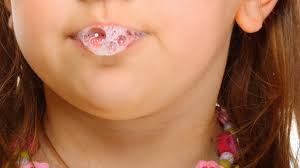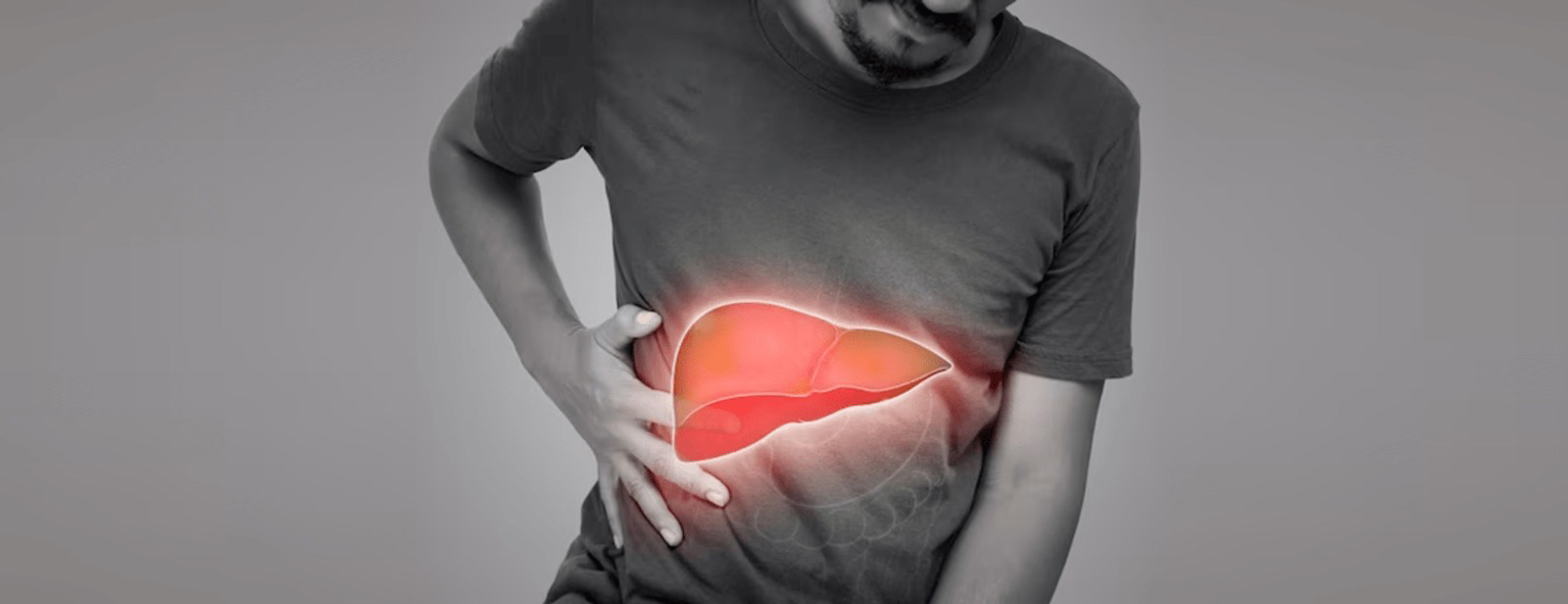New Research Explores Saliva and Tears as Noninvasive Alternatives to Blood Tests for Vitamin D and Glucose Monitoring
A recent study published in Physiologia has investigated whether saliva and tear samples can be used in place of blood samples to assess vitamin D and glucose levels in individuals with type 2 diabetes.
Background
Vitamin D (calciferol) is a fat-soluble nutrient available in two forms—D2 and D3. It is obtained either through dietary intake or synthesized in the skin when exposed to sunlight. This vitamin is critical for calcium absorption, bone mineralization, immune system regulation, and glucose metabolism.
Deficiency of vitamin D has been associated with cardiovascular disease, autoimmune disorders, diabetes, metabolic syndrome, and infections. Traditionally, vitamin D is measured through blood tests, while its presence in other biological fluids has not been widely examined.
This study aimed to evaluate whether saliva and tears could provide accurate readings of vitamin D and glucose in patients with type 2 diabetes.
Study Design
The research included six adults with type 2 diabetes and eight healthy volunteers. Among the diabetic group, three participants were taking vitamin D supplements, while none of the healthy controls were on supplementation.
After at least three hours of fasting, blood, saliva, and tear samples were collected and analyzed using the electrochemiluminescence method to determine vitamin D and glucose concentrations.
Key Results
-
Vitamin D levels: Blood samples showed similar vitamin D concentrations in both diabetic and healthy individuals. Slightly higher levels in diabetics likely reflected supplementation. However, supplementation had no impact on vitamin D levels in saliva or tears.
-
Correlations:
-
Blood vitamin D levels showed a significant negative correlation with salivary vitamin D.
-
A non-significant negative trend was observed between vitamin D levels in blood and tears.
-
Tear glucose levels showed a significant positive correlation with blood glucose levels.
-
Study Interpretation
-
Vitamin D: Salivary vitamin D may only reflect blood vitamin D under specific conditions. Tears tended to show higher vitamin D concentrations than blood, but results varied depending on health status. Previous studies on healthy participants reported a positive correlation between blood and tear vitamin D levels, unlike the current findings.
-
Glucose: Tear glucose levels strongly mirrored blood glucose, suggesting that tear sampling could become a reliable, noninvasive alternative for glucose monitoring in diabetic patients.
Significance and Future Directions
This research suggests that:
-
Tears could serve as a promising matrix for glucose monitoring.
-
Saliva might reflect serum vitamin D levels in certain circumstances, but findings remain preliminary.
Researchers emphasize the need to establish specific reference ranges for each biological fluid because factors such as protein content, pH, viscosity, and enzymatic activity can alter test performance.
Given the small study size, larger studies are needed to validate these findings and develop accurate formulas for interpreting vitamin D and glucose levels using saliva and tears.








